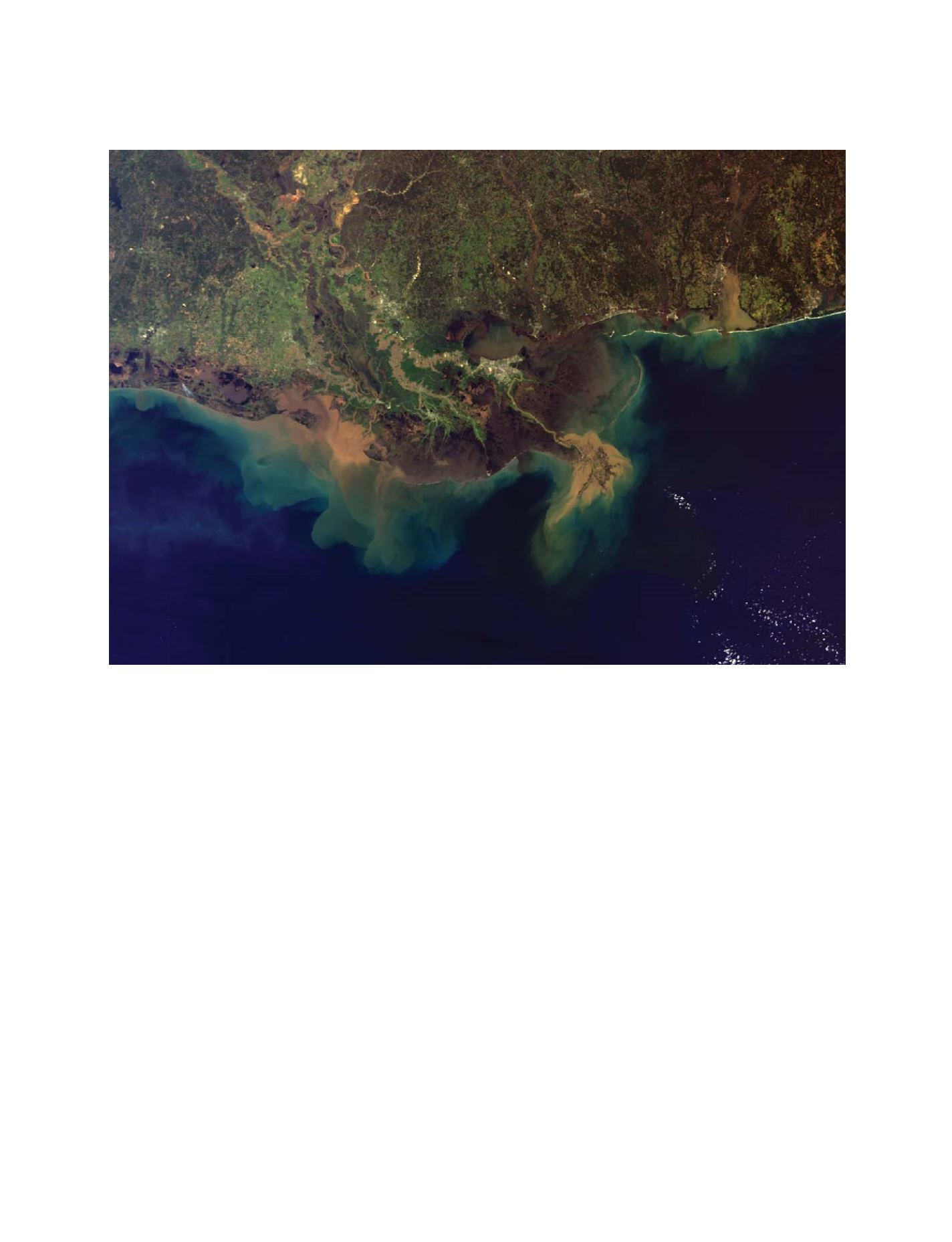

capacity of marine and estuarine ecosystems to support products
and services valued by society.
Despite the progress that has been made, we do not yet have a fully
implemented and sustained system. We still have inadequate warning
and response mechanisms, and fisheries continue to decline while
environmental degradation of the oceans increases. Our existing
observing systems are inadequate; modelling and prediction capabil-
ities need improvement and delivery to users expanded. There are gaps
in satellite and in situ coverage, and data sharing issues loom, espe-
cially for developing countries. Resources for routine maintenance of
both
in situ
and remote sensing observing systems have not been allo-
cated and should be better coordinated internationally. Finally, funding
commitments are inadequate and mostly short-term. Society must
address all of these issues.
GEO and GEOSS can help GOOS in three ways:
• By achieving significant new government and private industry
commitments for implementing and sustaining long-term obser-
vations of the ocean
• By promoting the sharing of data by all countries
• By raising public awareness.
Terrestrial, oceanic, and space-borne satellite observing systems require
international coordination, cross-calibration and validation, and agree-
ments on observing protocols. Responsibilities for global
coverage, especially for remote, data-sparse regions of high
societal impact, for example in the Southern Ocean, must
be shared and coordinated. Technology development must
be fostered and integrated to preserve the integrity of the
observing systems while increasing efficiencies and cover-
age. Data, products and models for forecasting high impact
events, long-term change, and the resultant complex inter-
actions with society must be developed.
Clearly, much remains to be done, but GEOSS provides
the framework to make significant progress on these crit-
ical environmental and societal issues. The participants in
GOOS will work with GEOSS to ensure the integration of
existing and future observational networks in open ocean
and coastal environments and to promote new technol-
ogy and sustainability of in situ and remote observing
arrays. Perhaps most importantly, the member countries of
GOOS must join with their GEO partners and organiza-
tions, such as the World Meteorological Organization and
the Intergovernmental Oceanographic Commission, to
ensure implementation of the necessary observing
systems, sustained funding and timely, open access to
shared data and products across the globe.
[
] 75
The Mississippi River discharges sediments into coastal waters as shown in this satellite image (5 March 2001). The discharge also transports
anthropogenic nutrients stimulating the growth of phytoplankton, which fuel oxygen depletion in bottom waters and the development of the
‘dead zone’ in the Gulf of Mexico
Photo: NASA, earthobservatory.nasa.gov/Newsroom/NewImages/
GEOSS C
OMPONENTS
– O
BSERVING
S
YSTEMS
















